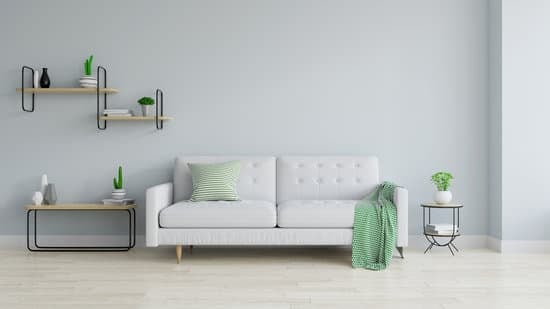Understanding the Baroque Era
The Baroque era refers to the period of European art, music, and literature from the late 16th century to mid-18th century. This period is characterized by grandeur, drama, and extravagance and is marked by a unique style of art, architecture, and music. The word Baroque comes from the Portugese term barroco, which means irregular pearl. The Baroque period was a time of exploration and experimentation. The world was rapidly changing, and this period was marked by a new-found emphasis on human emotion and expression. Music, in particular, was seen as a way to express and explore the depths of the human experience.Defining Baroque Ornaments
In Baroque music, composers urged musicians to embellish their music with ornaments. These ornaments are small musical figures added to a melody that serve to decorate and emphasize musical phrases. Some of the most common Baroque ornaments include trills, mordents, turns, appoggiaturas, grace notes, passing tones, etc. Baroque ornaments are characterized by their complexity and their ability to add a sense of grandeur and drama to music. These ornaments require great technical skill and can be challenging for even the most experienced musicians.Types of Ornamentation in Baroque Music
Some of the most common types of ornamentation in Baroque music include:- Trills – A rapid alternation between two notes that are a whole or half step apart.
- Mordents – A musical ornament that involves a rapid alternation between a note and its neighbor above or below.
- Turns – A rapid alternation between the main note and the note above and below it.
- Appoggiaturas – A musical ornament where a grace note is played before the main note, creating a dissonant interval that resolves to a consonant interval.
- Grace Notes – A short, decorative note that is played quickly and leads into the main note of a melody.
- Passing Tones – A non-chord tone that is played between two chord tones, creating a smooth melodic line.





















